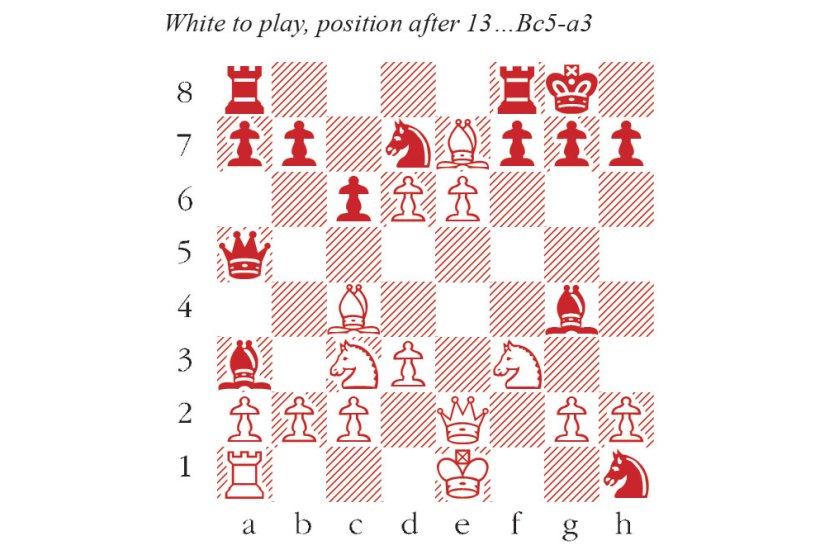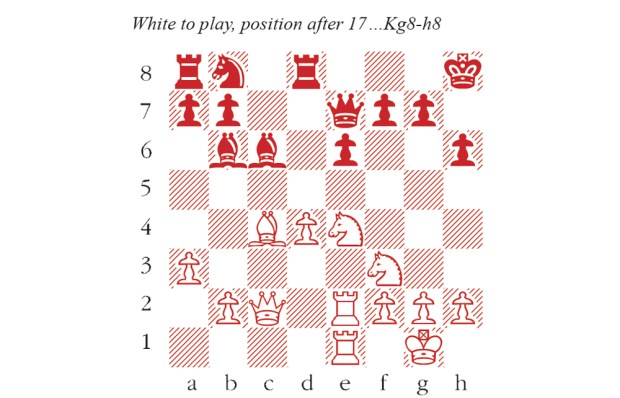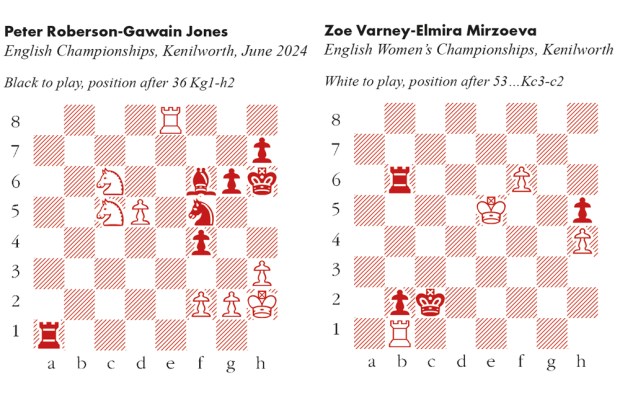Wei Yi had just won a riveting game in round 11 of the Tata Steel Masters event (see puzzle no. 786). His post-game interview ended with the question: ‘With two rounds to go, do you still have energy?’
‘No,’ replied Wei, smiling. And yet China’s second strongest grandmaster (after the world champion Ding Liren), somehow rallied himself to win the final two games.
Already a subscriber? Log in
Subscribe for just $2 a week
Try a month of The Spectator Australia absolutely free and without commitment. Not only that but – if you choose to continue – you’ll pay just $2 a week for your first year.
- Unlimited access to spectator.com.au and app
- The weekly edition on the Spectator Australia app
- Spectator podcasts and newsletters
- Full access to spectator.co.uk
Or
Unlock this article
You might disagree with half of it, but you’ll enjoy reading all of it. Try your first month for free, then just $2 a week for the remainder of your first year.














Comments
Don't miss out
Join the conversation with other Spectator Australia readers. Subscribe to leave a comment.
SUBSCRIBEAlready a subscriber? Log in